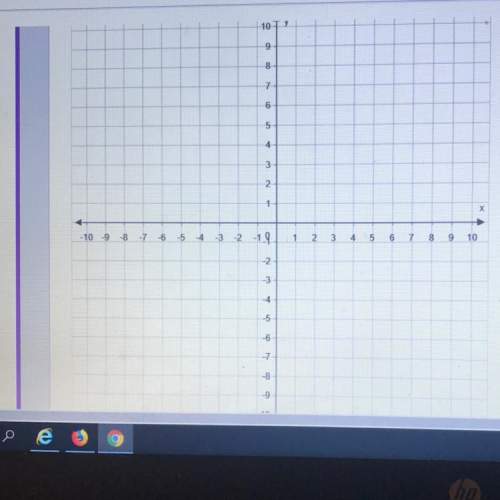
Mathematics, 18.02.2020 18:41 markcardenas2756
Find the first, fourth, and eighth terms of the sequence. A(n) = –3 • 2n–1
–6; –48; –768
–3; –24; –384
1; –216; –279,936
–12; –96; –1,536
2.
Find the first, fourth, and eighth terms of the sequence. A(n) = –2 • 5n–1
–50; –6,250; –3,906,250
–10; –1,250; –781,250
1; –1,000; –10,000,000
–2; –250; –156,250
3.
You drop a ball from a height of 1.5 meters. Each curved path has 71% of the height of the previous path. a. Write a rule for the sequence using centimeters. The initial height is given by the term n = 1. b. What height will the ball be at the top of the sixth path?
A(n) = 1.5 • (0.71)n–1 ; 0.27 cm
A(n) = 150 • (71)n–1 ; 270,634,402,650 cm
A(n) = 150 • (0.71)n–1 ; 27.06 cm
A(n) = 0.71 • (1.5)n–1 ; 5.39 cm
4.
Find the first, fourth, and eighth terms of the sequence. A(n) = –5 • 3n–1
–15; –405; –32,805
1; –3,375; –170,859,375
–45; –1,215; –98,415
–5; –135; –10,935
5.
Find the first, fourth, and eighth terms of the sequence. A(n) = –5 • 2n–1
–5; –40; –640
–20; –160; –2,560
1; –1,000; –10,000,000
–10; –80; –1,280
6.
You drop a ball from a height of 1.5 meters. Each curved path has 75% of the height of the previous path. a. Write a rule for the sequence using centimeters. The initial height is given by the term n = 1. b. What height will the ball be at the top of the sixth path?
A(n) = 150 • (75)n–1 ; 355,957,031,250 cm
A(n) = 150 • (0.75)n–1 ; 35.6 cm
A(n) = 0.75 • (1.5)n–1 ; 5.7 cm
A(n) = 1.5 • (0.75)n–1 ; 0.36 cm
7.
Find the common ratio of the sequence. 3, 9, 27, 81, . . .
3
–6
6
8.
You drop a ball from a height of 0.5 meter. Each curved path has 52% of the height of the previous path. a. Write a rule for the sequence using centimeters. The initial height is given by the term n = 1. b. What height will the ball be at the top of the third path?
A(n) = 0.52 • (0.5)n–1 ; 0.13 cm
A(n) = 50 • (0.52)n–1 ; 13.52 cm
A(n) = 0.5 • (0.52)n–1 ; 0.14 cm
A(n) = 50 • (52)n–1 ; 135,200 cm
9.
Find the common ratio of the sequence. –4, 8, –16, 32, . . .
–12
–2
12
10.
Find the first, fourth, and eighth terms of the sequence. A(n) = –2 • 2n–1
–4; –32; –512
–2; –16; –256
1; –64; –16,384
–8; –64; –1,024

Answers: 3


Another question on Mathematics

Mathematics, 21.06.2019 15:50
If you shift the linear parent function, f(x)=x, up 13 units, what is the equation of the new function?
Answers: 1

Mathematics, 21.06.2019 18:00
Tickets to a science exposition cost $5.75 each for studentd and $7.00 for adults.how many students and adults went if the ticket charge was $42.75
Answers: 1

Mathematics, 21.06.2019 22:30
Which of the following graphs could represent a quartic function?
Answers: 1

Mathematics, 21.06.2019 22:40
Afunction g(x) has x-intercepts at (, 0) and (6, 0). which could be g(x)? g(x) = 2(x + 1)(x + 6) g(x) = (x – 6)(2x – 1) g(x) = 2(x – 2)(x – 6) g(x) = (x + 6)(x + 2)
Answers: 1
You know the right answer?
Find the first, fourth, and eighth terms of the sequence. A(n) = –3 • 2n–1
–6; –48; –768...
–6; –48; –768...
Questions



English, 28.06.2019 13:30

English, 28.06.2019 13:30

Mathematics, 28.06.2019 13:30


Chemistry, 28.06.2019 13:30





Mathematics, 28.06.2019 13:30











